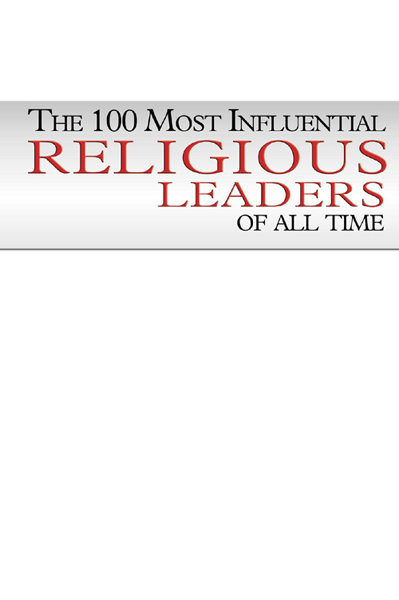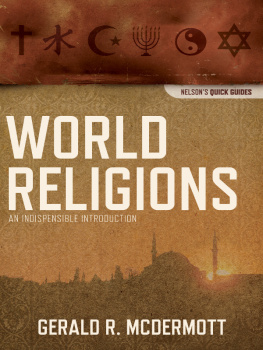

Published in 2017 by Britannica Educational Publishing (a trademark of Encyclopdia Britannica, Inc.) in association with The Rosen Publishing Group, Inc.
29 East 21st Street, New York, NY 10010
Copyright 2017 by Encyclopdia Britannica, Inc. Britannica, Encyclopdia Britannica, and the Thistle logo are registered trademarks of Encyclopdia Britannica, Inc. All rights reserved.
Rosen Publishing materials copyright 2017 The Rosen Publishing Group, Inc. All rights reserved.
Distributed exclusively by Rosen Publishing.
To see additional Britannica Educational Publishing titles, go to rosenpublishing.com.
First Edition
Britannica Educational Publishing
J.E. Luebering: Executive Director, Core Editorial
Anthony L. Green: Editor, Comptons by Britannica
Rosen Publishing
Philip Wolny: Editor
Nelson S: Art Director
Michael Moy: Designer
Cindy Reiman: Photography Manager
Philip Wolny: Photo Researcher
Introduction and supplementary material by Mary-Lane Kamberg
Library of Congress Cataloging-in-Publication Data
Names: Wolny, Philip, editor.
Title: The 100 most influential religious leaders of all time / edited by Philip Wolny.
Description: First Edition. | New York : Britannica Educational Publishing, 2017. | Series: The EB guide to the worlds most influential people |
Includes bibliographical references and index.
Identifiers: LCCN 2016003420 | ISBN 9781508100423 (eBook)
Subjects: LCSH: Religious leaders--Biography--Juvenile literature.
Classification: LCC BL72 .A15 2016 | DDC 200.92/2--dc23
LC record available at http://lccn.loc.gov/2016003420
Photo Credits:
Cover, Cooper Neill/Getty Images
CONTENTS

T he wounded hunter lay burning with fever on a bed of horse hide and wooly rhinoceros fur on the cave floor. The smell of wood smoke filled the air as sparks from the fire at the cave mouth rose into the night. The tribes religious leader, who was believed to serve as a connection between the natural and supernatural world, held a cup of medicinal tea to the patients lips. After the hunter drank, the healer shook a rattle filled with dried seeds and began his magical chant, asking divine spirits to intervene and heal the hunter.
Before the hunt, the leader painted reindeer, ibex, musk ox, and aurochs on the cave wall to ensure a successful hunt. He or she also served as the tribes storyteller, with stories that explained what the people encountered in their world, told about creation, and revealed a sense of order in the universe. In some tribes, these leaders, known in some cultures as shamans, medicine men, or witch doctors, were the most respected members of the group.
Archeological evidence from the Stone Age shows that as early as 300,000 years ago, the human experience has included burial rites and other signs of religious practices among the Neanderthals, humans sometimes known as cavemen. The prehistoric human groups sought help from spiritual beings through visions and other communication that led to such practices as healing through magic, predicting the future, and controlling spiritual beings and future events. The spiritual leader directed these activities.
As humans gathered together into larger groups, forming clans, towns, cities, and larger societies, the roles of religious leaders remained important. Healing the sick remained important. Some leaders established laws for religious practices or social and personal behavior. Others founded new religions or priesthoods. Some interpreted spiritual communication received through visions and prophecy. Still others became known for defending their faith or spreading it to new believers.
HEALING THROUGH FAITH
Healing has always been an important part of religious activities. Even today many religious organizations sponsor hospitals, health clinics, and other healing activities in both modern and developing countries. Jesus Christ, for example, was said to have cured people with leprosy, palsy, blindness, paralysis, and dropsy, and even to have raised Lazarus, Jairuss daughter, and the widows son at Nain from the dead. So from the beginning, Christianity accepted healing through spiritual connection as part of its doctrine.
In China during the first and second centuries CE, during the reign of Shundi of the Dong (Eastern) Han dynasty, Zhang Daoling founded a movement within Daoism called Tianshidao, the Way of the Celestial Masters. Zhang taught that sickness resulted from sinful mindedness. Through faith and confession to a priest, an ill person could be purified and cured.
During the early thirteenth century CE, Francis of Assisi tended the poor and sick, including lepers. His Franciscan order continues missionary work today caring for the poor and providing educational opportunities.
In 1866, Mary Baker Eddy, born in New Hampshire, in 1821, suddenly recovered from a serious injury. That experience led her to study Christs healings in the Bible and later to found the Church of Christ Scientist. Its followers, known as Christian Scientists, believe in healing through faith. The religion is based on Christs healings and teachings, but Eddy never claimed to be divine herself.
NEW IDEAS AND DOCTRINES
Other religious leaders brought laws and doctrines that established rules for religious, social, and personal behavior. For instance, more than 3,000 years ago, Moses, according to the Biblical account, came down from Mount Sinai and delivered to his people two stone tablets bearing the Ten Commandments. He then oversaw the creation and development of the first Israelite systems of worship, as well as civil laws for the community. These laws still form the basis of civil governance and religious practices among many Western countries.
Like Moses, Zoroaster (also known as Zarathushtra) introduced a new belief system around 600 BCE. He presented the ideas of asa (truth) and druj (lie) as the foundation of Zoroastrian doctrine, a religion that predates Islam in what today is Iran. Its three basic tenets are good thoughts, good words, and good deeds. Zoroaster also promoted the ideas of free will to choose right or wrong and individual responsibility for ones actions. His ideas influenced Judaism and Middle Platonism, a philosophy based on the thought of the ancient Greek philosopher Plato.
About the same time Zoroaster was founding Zoroastrianism, Mahavira was teaching the precepts of Jainism in India. He led a simple life with the goal of attaining the stage of highest perception. Teaching a doctrine of austerity, Mahavira advocated nonviolence in all circumstances and the acceptance of the five great vows, renouncing killing, lying, greed, sexual pleasure, and attachment to objects and living beings. He also established rules of religious life for Jain monks, nuns, and lay practitioners that included vegetarianism, a form of nonviolent eating.
In the third century CE, Mani (also called Manes, or Manichaeus), founded the Manichaean religion in what is now Iran. He advocated a dualistic doctrine that saw the world as a mixture of spirit and matter, or good and evil. Twice, he saw in a vision an angel, who called him to preach the new religion.















